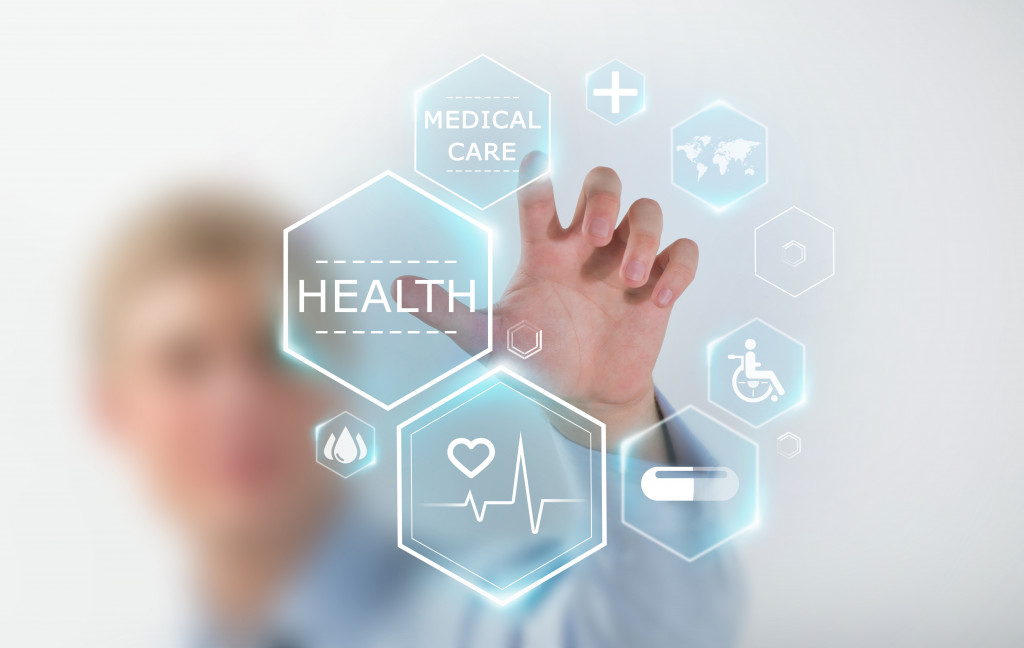The COVID-19 crisis has hit the health sector the hardest. This pandemic has compromised public health and taken away people’s lives. It has also affected people’s mental health and overall well-being.
For these reasons, health professionals and medical facilities have always been on their toes since the COVID-19 outbreak. They have been treating patients and saving lives during this pandemic. On top of this is to help curb the spread of the various strains of the novel coronavirus.
Thanks to digital tools and technologies, they have assisted doctors and helped hospitals deliver healthcare amid pandemic restrictions. Even if these restrictions have now gotten lighter, they have reshaped the healthcare landscape and determined its future. These digital tools and technologies have become game-changer in the health industry.
That said, here’s what to incorporate in your health business to boost your healthcare delivery:
1. Automation for medical reporting and data interoperability
Modern society has gone far in terms of business processes. Gone are the days when people had to accomplish tasks manually. Today, a lot of business processes get automated with minimal human intervention. Automation in business has impacted various industries, and the health sector is no exception. Think of patients’ data getting recorded, processed, and stored for medical reporting. Consider how automation ensures data interoperability for streamlined and seamless processes in medical settings.
2. Artificial Intelligence (AI) for website medical queries
AI has become such a buzzword in the world of business. What used to be a work of fiction has now become a reality. The simulation of human intelligence now allows these machines to think and act like humans. They don’t necessarily replace employees’ jobs, but they can assist them. In healthcare settings, health professionals and staff can depend on AI for accomplishing some tasks. For instance, they can incorporate chatbots in their business websites to answer frequently asked questions (FAQs) concerning healthcare delivery.
3. Telehealth for virtual healthcare
At the onset of the crisis, the pandemic restrictions have challenged healthcare delivery. Medical facilities and health professionals could have only accommodated patients with COVID-19 infection. Unfortunately, those with minor illnesses have had to delay their medical care. Surprisingly, digital tools and communications technologies have led to the rise of telehealth or telemedicine. Patients can get virtual medical care, digitally-assisted medical intervention, and even remote patient monitoring without the need to visit the clinic or hospital.

4. Internet of Medical Things (IoMT) for consistent healthcare delivery
The world has come a long way as a global community. People can easily and quickly travel from one place to another. Also, they can communicate and interact with each other, no matter where they are in the world. These possibilities can get attributed to the Internet of Things (IoT), where physical devices can share data via the web. Also, there’s the Internet of Medical Things (IoMT) in the health sector for consistent healthcare delivery. For instance, power is crucial in a medical facility. When one grid is down, hospitals can stop operating and affect the patients’ lives inside. To ensure a medical facility operates 24/7, they can heavily rely on laboratory power protection systems, usually controlled online. In case of a power outage, your facility will stay up and running without losing data.
5. Smart devices or wearables for Remote Patient Monitoring (RPM)
The IoMT in the health sector has led to the prevalence of smart devices. Think of watches used to track physical activities for physical fitness and monitor calories intake for weight loss. In healthcare, doctors advise patients to invest in wearables for RPM. These devices can significantly help regulate the patients’ health conditions remotely and treat their chronic illnesses like diabetes. A perfect example is the wearable ECG device. It can alert a doctor of a possible cardiac arrest. That way, a patient can immediately get treated before it’s too late.
6. Extended Realities (XR) for medical training
The extended realities have become increasingly popular in various industries. XR can get categorized into virtual reality (VR), augmented reality (AR), and mixed reality (MR). Think of VR used in e-commerce for online shopping, AR in the automotive industry for driving simulation, and MR in education for online learning. In the health sector, XR gets utilized for the medical training of doctors and health professionals. Instead of exploring the actual human anatomy, they use ER for a seamless and enhanced learning experience.
At this point, you now know what to incorporate in your health business to boost your healthcare delivery. Consider the digital tools and technologies outlined above, from automation and AI to IoMT to VR and AR. As such, you can no longer ignore the digital transformation and technological innovation in the health sector. Not only do they help streamline your healthcare processes and boost your business profits, but they also help you augment healthcare delivery in your community. Ultimately, you’ll optimize your health business and continue to treat patients and save lives!
